April 2025
The locomotive market is set to grow from USD 9.23 billion in 2025 to USD 17.94 billion by 2034, with an expected CAGR of 7.23% over the forecast period from 2025 to 2034.
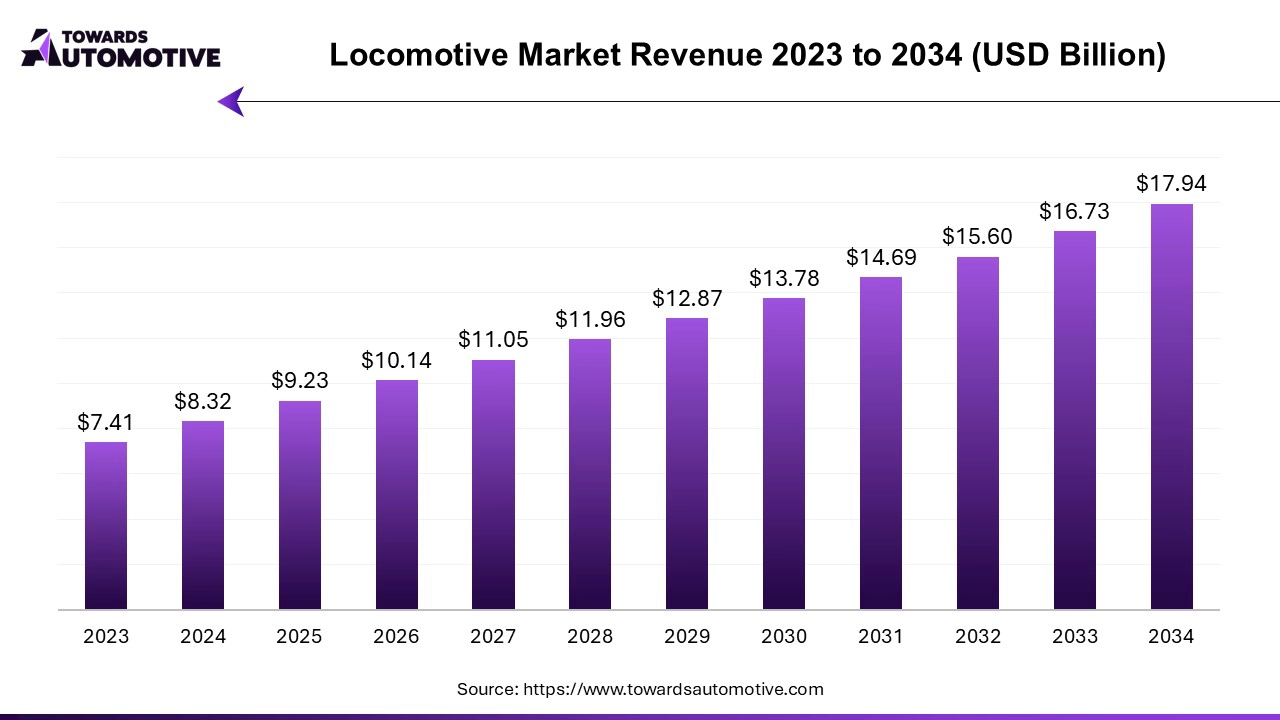
Unlock Infinite Advantages: Subscribe to Annual Membership
The locomotive market is undergoing significant transformation driven by a combination of technological advancements, environmental regulations, and increasing demand for efficient transportation solutions. With the global push for sustainable development, there is a noticeable shift from traditional diesel-powered locomotives to more environmentally friendly alternatives, such as electric and hybrid models. This transition is fueled by stringent emissions standards and government initiatives aimed at reducing the carbon footprint of the transport sector. Furthermore, rising urbanization and population growth are prompting investments in railway infrastructure, leading to the expansion of both passenger and freight rail networks.
In particular, the Asia-Pacific (APAC) region is witnessing robust growth due to rapid urbanization and the need for efficient logistics solutions. Similarly, Europe is focusing on integrating multimodal transport systems to enhance connectivity and reduce congestion. High-speed rail networks are being developed to facilitate quicker intercity travel, increasing the demand for advanced locomotives capable of operating at higher speeds.
Additionally, the freight segment is experiencing growth due to the rising e-commerce sector and the necessity for efficient goods transportation. Innovations in technology, such as automation and predictive maintenance, are enhancing the efficiency and safety of locomotives, attracting investments from rail operators looking to modernize their fleets. Overall, the locomotive market is positioned for growth, driven by evolving consumer demands, advancements in technology, and the ongoing commitment to sustainable transportation solutions across the globe.
Artificial Intelligence (AI) is playing a transformative role in the locomotive market, significantly enhancing operational efficiency, safety, and overall performance. By leveraging advanced algorithms and data analytics, AI systems can optimize train schedules, predict maintenance needs, and enhance real-time decision-making processes. Predictive maintenance, powered by AI, allows operators to anticipate potential equipment failures before they occur, thereby reducing downtime and maintenance costs. This proactive approach ensures that locomotives remain in peak operational condition, ultimately enhancing service reliability and customer satisfaction.
Moreover, AI is being integrated into locomotive control systems, enabling autonomous and semi-autonomous train operations. These systems can analyze vast amounts of data from various sensors and cameras to make informed decisions about speed, braking, and route adjustments, improving safety and efficiency. Additionally, AI can enhance passenger experiences by providing personalized services, such as real-time updates on train schedules, delays, and other relevant information.
In the freight sector, AI helps optimize cargo loading and unloading processes, improving logistics efficiency. By analyzing traffic patterns and demand forecasts, AI systems can assist in planning more efficient routes and schedules, reducing operational costs and increasing delivery reliability. As the locomotive market continues to evolve, the integration of AI technologies will play a crucial role in shaping the future of rail transport, driving innovations that lead to more sustainable, efficient, and intelligent rail networks.
The growing demand for freight trains is a significant driver of growth in the locomotive market, reflecting a broader trend towards efficient and sustainable transportation solutions. As global trade expands and e-commerce continues to thrive, the need for reliable and cost-effective freight transport has surged. Railways offer a compelling alternative to road transportation, particularly for long-haul shipments, due to their lower environmental impact and ability to move large volumes of goods over considerable distances with greater fuel efficiency.
Rail freight is particularly advantageous for heavy and bulk commodities, such as coal, minerals, and agricultural products, which require robust logistics solutions. As industries seek to optimize their supply chains and reduce transportation costs, many are increasingly turning to rail networks, thereby amplifying the demand for advanced locomotives. This trend is also bolstered by government initiatives promoting rail as a green transport option, aimed at reducing traffic congestion and lowering greenhouse gas emissions.
Additionally, technological advancements are enabling more efficient freight operations. Innovations in locomotive design, such as enhanced power systems and better braking technologies, allow trains to carry heavier loads at higher speeds. The integration of digital technologies, including AI and IoT, is further improving operational efficiency by facilitating real-time tracking and predictive maintenance.
The locomotive market faces several restraints that could hinder its growth. High initial capital investment requirements for purchasing and maintaining advanced locomotives can deter smaller operators and new entrants. Additionally, regulatory challenges, including stringent emissions standards and safety regulations, can increase compliance costs and complicate manufacturing processes. Competition from alternative transportation modes, such as trucking and shipping, poses another challenge, as these options often offer more flexibility and shorter delivery times. Lastly, fluctuations in fuel prices can impact operating costs, making it difficult for rail operators to maintain profitability and invest in fleet modernization.
Advancements in hybrid trains are creating significant opportunities in the locomotive market, driven by the increasing demand for sustainable and efficient transportation solutions. Hybrid trains, which combine traditional diesel engines with electric propulsion systems, offer the flexibility to operate on non-electrified tracks while reducing emissions and fuel consumption. This dual capability allows operators to expand their rail networks without the high costs associated with full electrification, making hybrid technology an attractive option for many rail companies.
Moreover, advancements in battery technology and energy management systems have improved the performance and efficiency of hybrid trains, enabling longer distances to be covered in electric mode. These innovations contribute to lower operating costs and enhance the environmental appeal of rail transport, aligning with global sustainability goals. As governments impose stricter emissions regulations and encourage greener transportation alternatives, rail operators are increasingly investing in hybrid technology to meet compliance standards and consumer expectations.
Additionally, the growing interest in hybrid trains has spurred research and development, leading to further innovations in locomotive design and performance. This trend creates opportunities for manufacturers to develop and offer advanced hybrid models, fostering competition and potentially lowering prices for end-users.
The electric segment held the largest share of the market. The electric segment is a pivotal driver of growth in the locomotive market, reflecting a global shift towards sustainable and efficient rail transport solutions. As concerns over carbon emissions and environmental sustainability intensify, rail operators are increasingly opting for electric locomotives, which offer substantial reductions in greenhouse gas emissions compared to traditional diesel engines. Electric locomotives are particularly advantageous for long-distance and high-capacity transport, as they provide higher acceleration, better speed control, and improved overall performance.
The expansion of electrified rail networks is also fueling the growth of this segment. Governments worldwide are investing in infrastructure development to support electric rail systems, enhancing connectivity between urban centers and facilitating freight transport. This investment not only promotes efficient logistics but also encourages modal shifts from road to rail, further bolstering the electric segment’s market share.
Additionally, advancements in battery technology and energy storage systems are making electric locomotives more feasible for operations on non-electrified tracks. Hybrid models that incorporate electric propulsion allow for greater operational flexibility while still reaping the benefits of reduced emissions. The integration of digital technologies, such as IoT and AI, is enhancing the efficiency and reliability of electric locomotives by enabling real-time monitoring and predictive maintenance.
As rail operators seek to meet evolving regulatory requirements and public expectations for sustainability, the electric segment is poised for significant growth, positioning itself as a cornerstone of the future locomotive market and driving innovations that enhance both performance and environmental responsibility.
The IGBT segment led the industry. The Insulated Gate Bipolar Transistor (IGBT) segment is a crucial driver of growth in the locomotive market, significantly enhancing the efficiency and performance of modern electric and hybrid locomotives. IGBTs are semiconductor devices that serve as efficient switches, allowing for precise control of electric power and improved energy efficiency in traction systems. This capability is particularly beneficial in locomotives, where efficient power management translates to higher acceleration, better speed regulation, and reduced energy consumption.
As the rail industry shifts towards more sustainable and cost-effective solutions, the demand for IGBT technology is growing. These devices enable locomotives to operate on electrified tracks with reduced energy losses, leading to lower operational costs and diminished environmental impact. Moreover, IGBT technology facilitates regenerative braking, allowing locomotives to recover energy during braking and feed it back into the power system, further enhancing efficiency.
The growing trend of electrification in rail networks also propels the demand for IGBT-equipped locomotives. Governments worldwide are investing in electrified rail infrastructure to support clean transportation initiatives, creating a larger market for advanced locomotive technologies that utilize IGBTs. Additionally, continuous advancements in IGBT technology are improving thermal performance, switching speed, and reliability, making them more suitable for heavy-duty applications in rail transport.
The passenger segment held the highest share of the market. The passenger segment is a significant driver of growth in the locomotive market, fueled by the increasing demand for efficient, reliable, and sustainable transportation options. As urbanization accelerates and populations swell in metropolitan areas, the need for efficient public transit systems becomes paramount. Rail transport, particularly passenger trains, offers a viable solution to the challenges of traffic congestion and pollution associated with road transport. This shift toward railways is prompting governments and private operators to invest in expanding and modernizing passenger rail services, thereby driving demand for new and upgraded locomotives.
Furthermore, the emphasis on improving the passenger experience is encouraging innovations in locomotive technology. Modern locomotives are being designed not only for efficiency but also for comfort, featuring amenities such as enhanced seating, Wi-Fi connectivity, and advanced safety features. These improvements are attracting more passengers to rail travel, increasing ridership and revenue for rail operators.
Additionally, sustainability concerns are propelling the growth of the passenger locomotive market. Electric and hybrid locomotives are increasingly favored as they reduce emissions and operational costs compared to traditional diesel-powered trains. As environmental regulations become stricter and public awareness of climate issues rises, more operators are shifting their focus towards greener solutions in passenger transport.
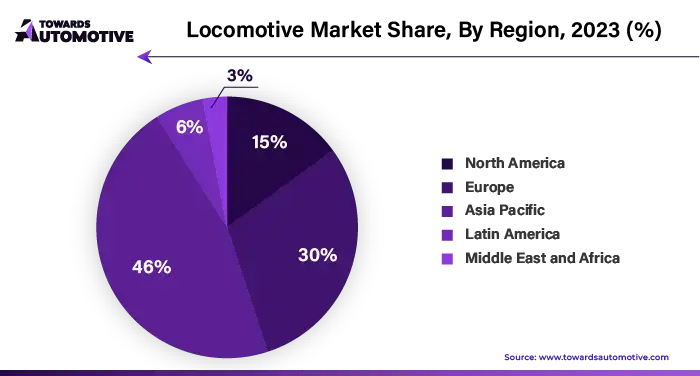
Asia Pacific dominated the locomotive market. Population growth, infrastructure development, increased freight demand, and technological advancements are pivotal factors driving the growth of the locomotive market in the Asia-Pacific (APAC) region. Rapid urbanization and rising population levels have led to an increased need for efficient transportation solutions, prompting governments to invest heavily in railway infrastructure. This investment includes expanding existing rail networks and constructing new lines, which creates a robust demand for modern locomotives to meet the growing passenger and freight needs.
Additionally, the surge in e-commerce and trade within the region has intensified the demand for reliable freight transportation. Railways are often viewed as a cost-effective and environmentally friendly option for moving goods over long distances, further bolstering the need for advanced freight locomotives.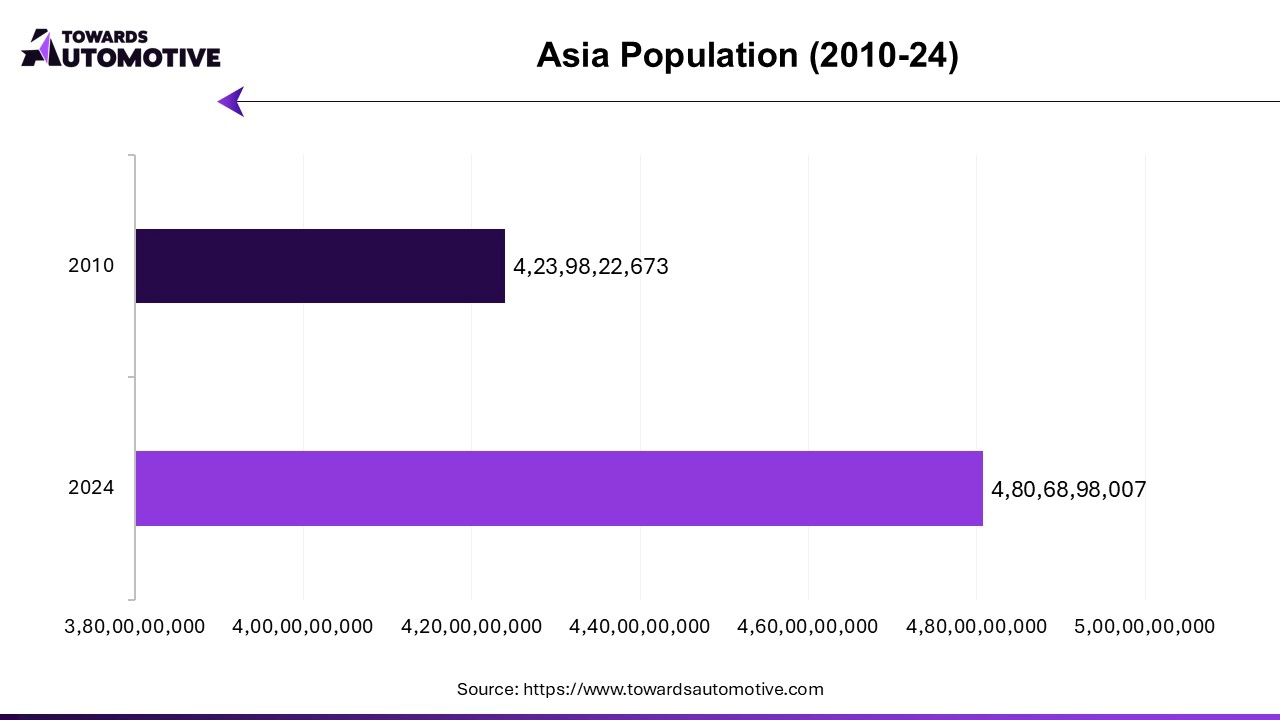
Technological advancements also play a crucial role in shaping the locomotive market. Innovations such as automation, predictive maintenance, and digital signaling systems are enhancing operational efficiency and safety, making modern locomotives more attractive to railway operators. These advancements help streamline operations, reduce downtime, and improve service reliability, thereby encouraging investments in new locomotives.
Europe is expected to grow with a significant CAGR during the forecast period. The expansion of high-speed rail networks, integration of multimodal transport, and growing freight transport demand are significant drivers of the locomotive market in Europe. As countries seek to enhance connectivity and reduce travel times, investments in high-speed rail systems have surged. These projects not only improve intercity travel but also necessitate the development of advanced locomotives capable of operating at high speeds, thus boosting demand for innovative rail technologies.
Moreover, the integration of multimodal transport systems is becoming increasingly important in Europe, facilitating seamless connections between rail, road, and other forms of transport. This approach allows for more efficient logistics and encourages the use of rail for both passenger and freight transport. As rail becomes a more central component of comprehensive transportation networks, the demand for locomotives that can adapt to various operational requirements and work effectively within these systems rises.
Additionally, the growing demand for freight transport, driven by the rise of e-commerce and the need for efficient supply chains, further accelerates locomotive market growth. Rail is often seen as a reliable, cost-effective, and environmentally friendly alternative to road transport for long-haul freight, prompting logistics companies and rail operators to invest in modern, high-capacity freight locomotives.
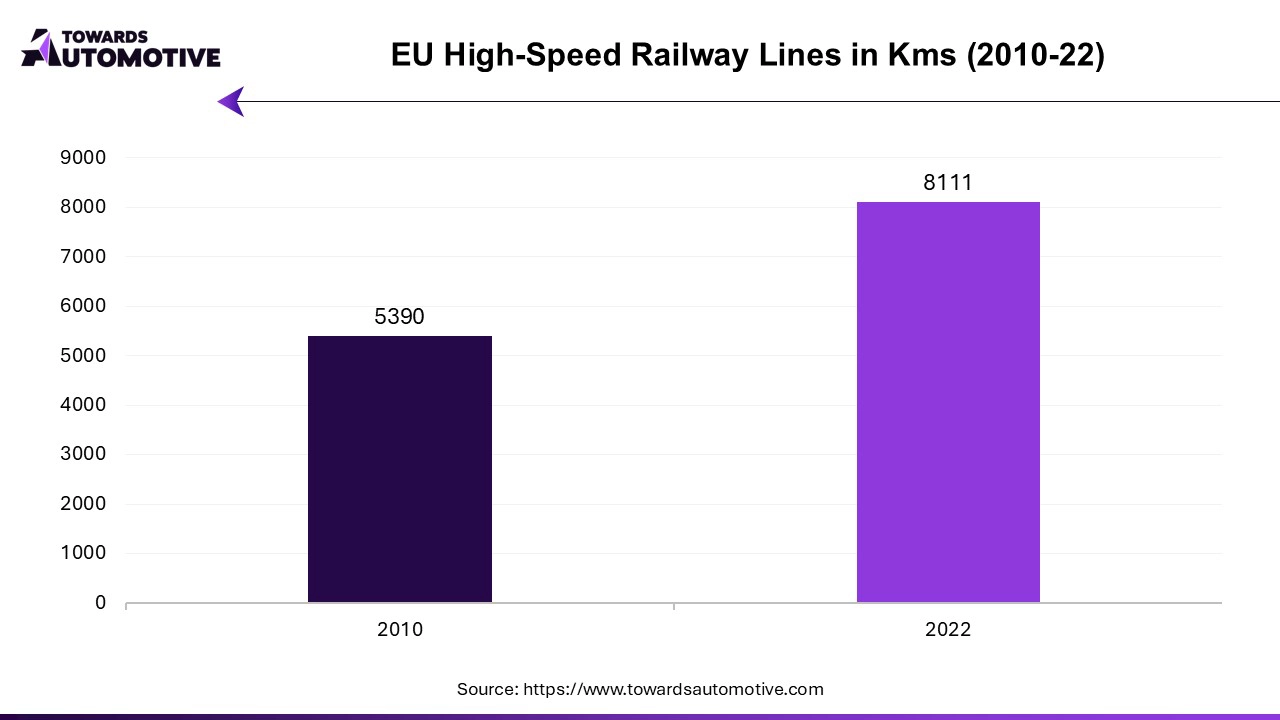
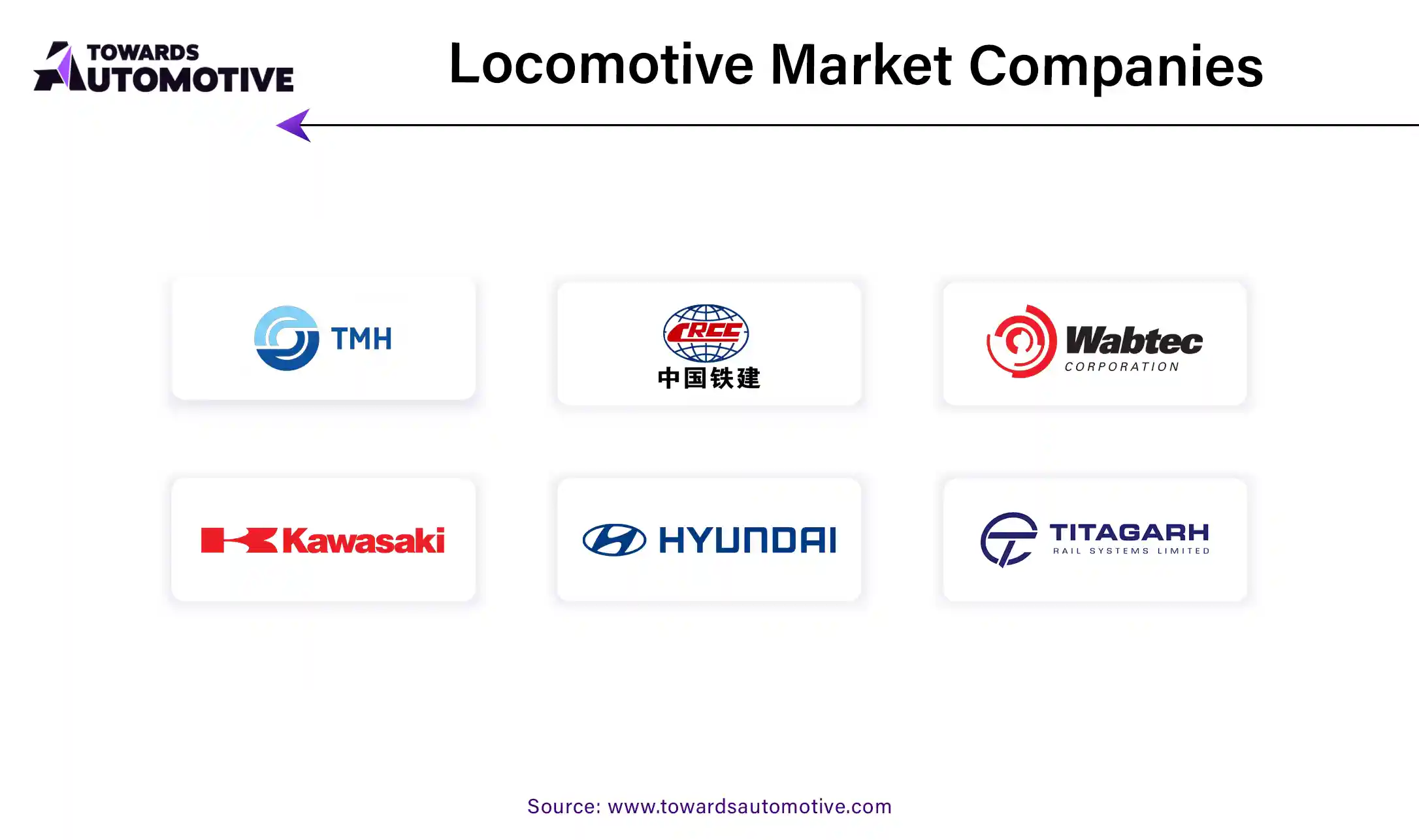
By Propulsion Type
By Component
By Technology
By End-User
By Region
April 2025
April 2025
April 2025
April 2025
Dr. Arjun Patel is a distinguished expert in the automotive industry, holding advanced degrees in Automotive Engineering and Mechanical Engineering. His expertise spans automotive market dynamics, technological advancements, and sustainable practices. Dr. Patel excels in conducting in depth research and analysis on market trends, consumer preferences, and the economic implications within the automotive sector. He is renowned for his insightful publications on topics such as electric vehicles, autonomous driving technologies, and the evolution of sustainable transportation solutions. Dr. Patels research contributions have significantly advanced understanding in the field, earning him recognition as a leading authority in automotive research and analysis.
We offer automotive expertise for market projections and customizable research, adaptable to diverse strategic approaches.
Contact Us